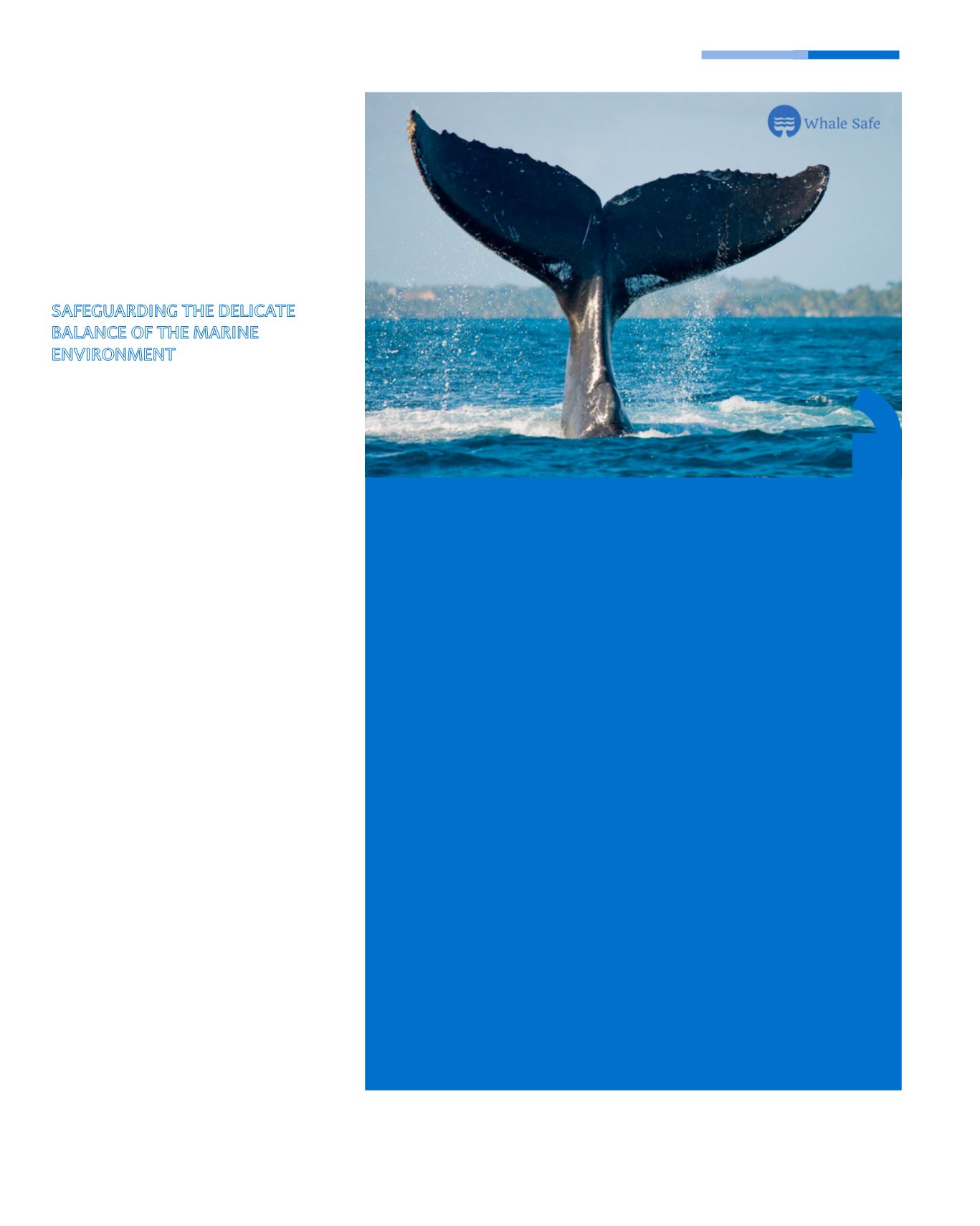

57
SEA
SAFEGUARDING THE DELICATE
BALANCE OF THE MARINE
ENVIRONMENT
Leaving aside discharges at sea permitted
by international regulations, one of the
greatest potential impacts on biodiversity
for a cruise line is a risk that can be
introduced through
ballast water
,
transferred from one geographic location
to another, or barnacles, insofar as this
may lead to the inadvertent introduction
of invasive, non-indigenous species to the
waters where the ships sail.
This can cause significant problems for the
entire ecosystem and the local economy.
To limit the risk of aquatic invasive
species impacting biodiversity, Costa
has introduced a sequential ballast water
exchange system
12
. In order to minimize
the possibility of contamination, the ship
discharges ballast water in the open sea
(over 200 nautical miles from the nearest
land) before reaching the new area of
destination; this procedure, which is
mandatory only in certain countries, is
standard practice fleetwide, meaning that
Costa has pre-empted a requirement that
has not yet entered into force. Special
attention is also paid
to hull cleaning
;
the relevant operations are carried out as
part of regular scheduled maintenance
during dry docking. The removal of the
fouling that accumulates on the most
exposed parts of the hull (bulbous bow
and sea chests) enables the elimination of
invasive species.
12
Not all the species unintentionally carried in ballast tanks manage to survive the voyage, partly
on account of the temperature and the quality of the ballast water.
By joining
Whalesafe
, a project for conservation of sperm whales,
co-funded by the European Union’s
Life+ Program
with the
involvement of partners including the
Università degli Studi di Genova
,
Costa Edutainment, Genoa Maritime Directorate, Savona Harbour
Master’s Office and Softeco, Costa has confirmed and boosted its
commitment to whale protection. The main objective of Whalesafe is
to implement monitoring tools and a Protocol of Conduct so as track
sperm whales, detect risks and prevent collisions.
The partnership with Costa Cruises includes a number of initiatives
designed to raise
the awareness of guests on board
, with screening
of a video dealing with the project and educational activities for kids as
part of the program at the
Squok Club
. Here, children can play and at
the same time learn to recognize the different species of whales that live
in the
Pelagos Sanctuary
, a marine protected area of approximately
90,000 km
2
that was created in the Mediterranean in 2001. Whale
sightings are common occurrences in this stretch of water between
south-east France, Sardinia and Tuscany. Costa’s whale conservation
efforts also extend shoreside to the
Savona Palacrociere
, with a
special exhibition
inside the terminal. This is another way in which
the Company is contributing actively to sensitize the public to the
importance of Whalesafe.
Whalesafe project
on Costa Cruises’ ships
















